“Infrastructure Technology 2024: Driving Digital Transformation”

Contents
- 1 Auditing IT Infrastructures For Compliance in the Digital Era
- 2 Infrastructure technology 2024
- 3 Hardware Infrastructure:
- 4 Networking Infrastructure:
- 5 Cloud Computing:
- 6 Virtualization:
- 7 Data Centers:
- 8 Security Infrastructure:
- 9 Internet of Things (IoT) Infrastructure:
- 10 Backup and Disaster Recovery Infrastructure:
- 11 Software-defined Infrastructure (SDI):
- 12 Edge Computing:
- 13 Software-Defined Networking (SDN):
- 14 Hybrid Infrastructure:
- 15 Containerization:
- 16 Hyperconverged Infrastructure (HCI):
- 17 Software-Defined Storage (SDS):
- 18 Infrastructure as Code (IaC):
- 19 Artificial Intelligence (AI) Infrastructure:
- 20 Quantum Computing Infrastructure:
- 21 Green Infrastructure:
- 22 Continuous Integration/Continuous Delivery (CI/CD) Infrastructure:
- 23 Software-Defined WAN (SD-WAN):
- 24 Internet Exchange Points (IXPs):
- 25 Microservices Architecture:
- 26 Serverless Computing:
- 27 Software-Defined Security (SDSec):
- 28 Data Center Interconnect (DCI):
- 29 Network Function Virtualization (NFV):
- 30 Artificial Intelligence Operations (AIOps):
- 31 Blockchain Infrastructure:
- 32 Resilient Infrastructure:
- 33 Frequently Asked Question’s (FAQ’s)
- 33.1 Q1: What is infrastructure technology?
- 33.2 Q2: What are the benefits of infrastructure technology?
- 33.3 Q3: What are some examples of infrastructure technology?
- 33.4 Q4: How does infrastructure technology contribute to sustainability?
- 33.5 Q5: What are the challenges associated with infrastructure technology implementation?
- 33.6 Q6: How does infrastructure technology impact everyday life?
- 33.7 Q7: What is the future of infrastructure technology?
Auditing IT Infrastructures For Compliance in the Digital Era
Infrastructure technology 2024
Auditing IT Infrastructures For Compliance Plays a crucial role in supporting the operations and advancements of the digital era. It encompasses a diverse range of components and systems that form the fundamental framework of our modern digital ecosystem. Here are key aspects to consider:

Hardware Infrastructure:
The physical devices and components, such as servers, storage devices, and networking equipment, provide the essential foundation for data storage, processing, and communication. The Mainframe is also a hardware infrastructure.
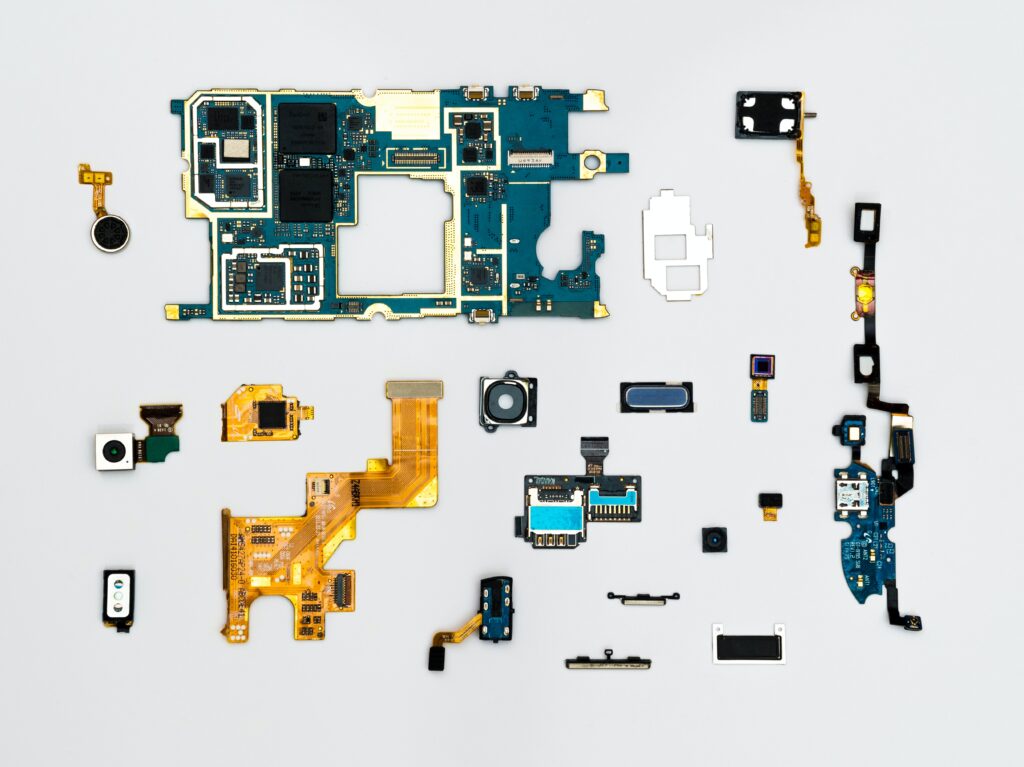
Networking Infrastructure:
Networking components in Infrastructure Technology, including local area networks (LANs), wide area networks (WANs), routers, switches, and firewalls, establish reliable connectivity and facilitate the seamless transfer of data between devices, systems, and different locations.
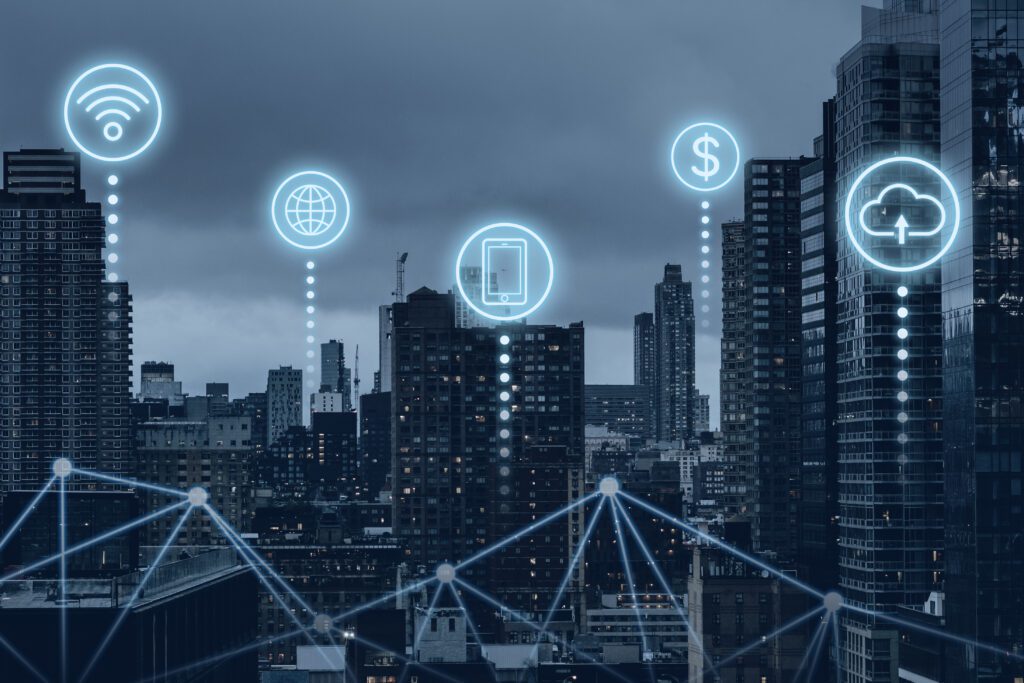
Cloud Computing:
Cloud infrastructure offers scalable and flexible computing resources over the Internet, eliminating the need for organizations to maintain their own physical infrastructure. It enables on-demand access to storage, processing power, and software applications.

Virtualization:
Virtualization technology in Infrastructure Technology allows the creation of virtual instances of physical resources, optimizing resource utilization and enhancing operational efficiency. It facilitates the consolidation of hardware and enables the flexible allocation of computing resources.
Data Centers:
Specialized facilities equipped with robust infrastructure, power systems, cooling mechanisms, and stringent physical security protocols house and manage the critical IT infrastructure required for data storage and processing.

Security Infrastructure:
Security measures, such as firewalls, encryption mechanisms, intrusion detection systems, and access controls, are crucial in protecting IT systems and data from unauthorized access and cyber threats. These measures ensure the confidentiality, integrity, and availability of information.
Internet of Things (IoT) Infrastructure:
IoT infrastructure connects devices, sensors, and networks, enabling the exchange and integration of data from physical objects. It supports various applications in domains such as smart homes, industrial automation, healthcare, and transportation.
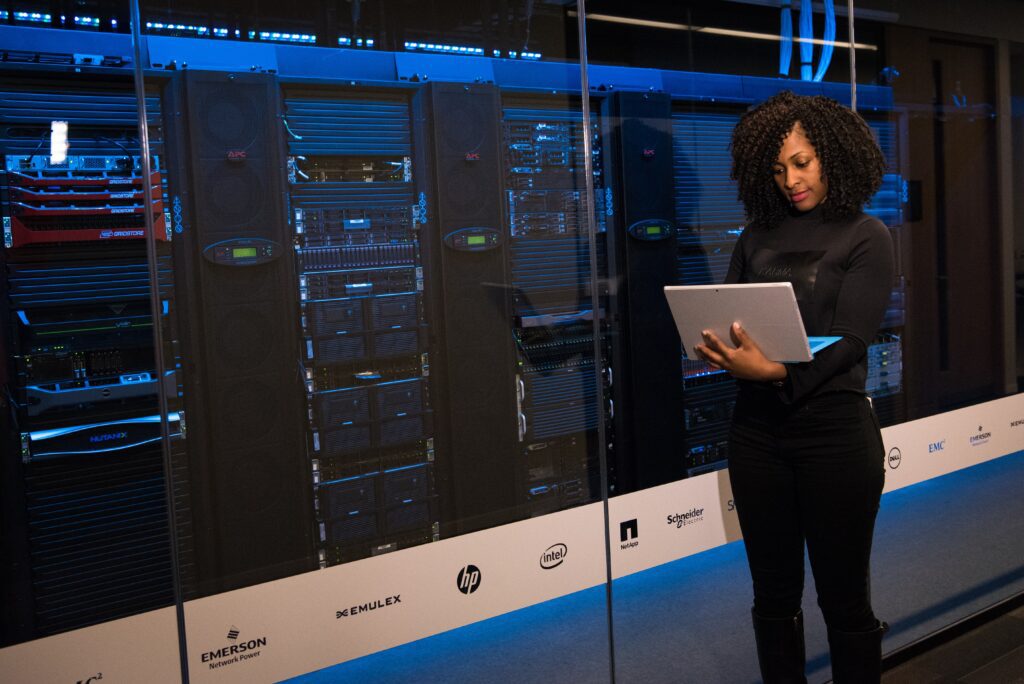
Backup and Disaster Recovery Infrastructure:
Backup infrastructure ensures the safeguarding of data through reliable backup systems, offsite storage, and replication mechanisms. Disaster recovery infrastructure focuses on ensuring the availability and recoverability of critical systems and data in the event of a disaster.
Software-defined Infrastructure (SDI):
SDI abstracts the management and control of infrastructure resources from the underlying hardware. It provides flexibility and agility in resource allocation, provisioning, and management, enabling organizations to adapt and scale their infrastructure based on evolving needs.

Edge Computing:
Edge computing infrastructure in Infrastructure Technology brings computational power closer to the data source or end-users, reducing latency and enhancing real-time data processing capabilities. It enables efficient data analysis, and decision-making, and supports applications that require low latency and high bandwidth.
Software-Defined Networking (SDN):
SDN separates the control plane from the data plane in networking infrastructure, allowing centralized management and programmability of network resources. It enhances network flexibility, and scalability, and simplifies network configuration and management.
Hybrid Infrastructure:
Hybrid infrastructure in Infrastructure Technology combines on-premises infrastructure with cloud resources, providing organizations with the benefits of both worlds. It allows businesses to leverage the scalability and cost-efficiency of the cloud while maintaining control over sensitive data and applications.
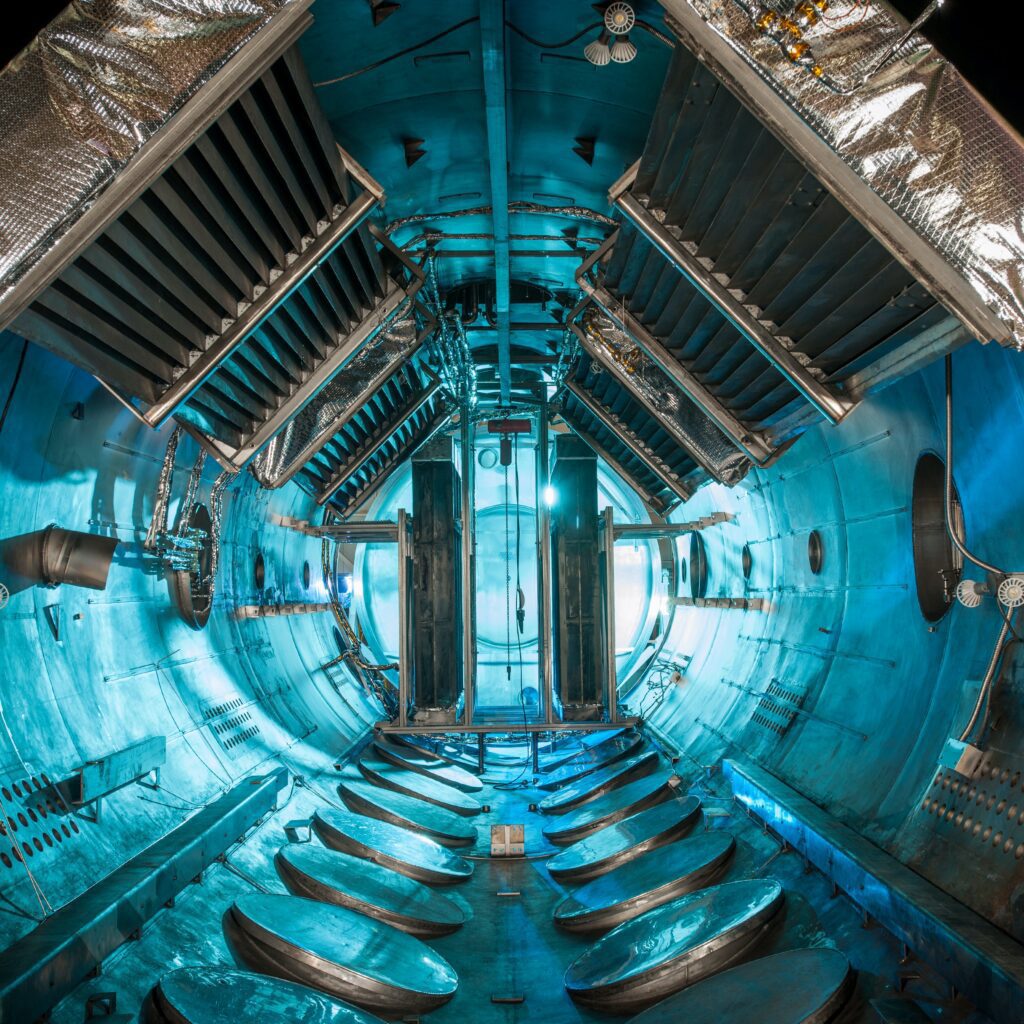
Containerization:
Containerization technology in Infrastructure Technology, such as Docker and Kubernetes, provides a lightweight and scalable approach to deploying applications. It encapsulates applications and their dependencies into containers, enabling easy deployment and management across different infrastructure environments.
Hyperconverged Infrastructure (HCI):
HCI integrates computing, storage, and networking resources into a single appliance, simplifying infrastructure management and improving scalability and resource utilization. It is well-suited for virtualized environments and enables efficient scaling of resources as needed.

Software-Defined Storage (SDS):
SDS abstracts the management and control of storage resources from the underlying hardware, providing centralized management, automation, and scalability. It allows organizations to efficiently allocate and manage storage resources across different storage systems.
Infrastructure as Code (IaC):
IaC is an approach where infrastructure configurations are managed and provisioned programmatically through code. It allows for consistent and repeatable infrastructure deployments, and version control, and facilitates collaboration among development and operations teams.

Artificial Intelligence (AI) Infrastructure:
AI infrastructure in Infrastructure Technology includes specialized hardware (e.g., GPUs) and software frameworks designed to support the training and inference of machine learning models. It provides the necessary computational power and resources for AI-driven applications and analytics.
Quantum Computing Infrastructure:
Quantum computing infrastructure in Infrastructure Technology encompasses specialized hardware and software architectures designed to harness the power of quantum phenomena. It holds the potential for solving complex computational problems beyond the capabilities of classical computing systems.
Green Infrastructure:
Green infrastructure in Infrastructure Technology focuses on designing and implementing environmentally friendly and energy-efficient IT systems. It includes strategies such as virtualization, consolidation, energy-efficient hardware, and renewable energy sources to minimize the ecological footprint of digital infrastructure.

Continuous Integration/Continuous Delivery (CI/CD) Infrastructure:
CI/CD infrastructure facilitates the automation of software development processes, including building, testing, and deploying applications. It involves integrating version control, automated testing, and deployment tools to enable efficient and rapid software delivery.
Software-Defined WAN (SD-WAN):
SD-WAN technology simplifies and optimizes wide area network (WAN) management by separating the control plane from the underlying physical network infrastructure. It improves network performance, reliability, and cost-efficiency by dynamically routing traffic over different network links.
Internet Exchange Points (IXPs):
IXPs are physical locations where multiple internet service providers (ISPs) connect and exchange traffic. They play a vital role in enhancing network performance, reducing latency, and improving internet connectivity by enabling direct peering between networks.

Microservices Architecture:
This design method divides large, complex applications into smaller, independent services that can be created, deployed, and scaled independently. It enables increased scalability, flexibility, and agility in the creation and deployment of applications.
Serverless Computing:
Serverless computing, also known as Function as a Service (FaaS), abstracts the underlying infrastructure management, allowing developers to focus solely on writing and deploying code. It eliminates the need for provisioning and managing servers, enabling rapid development and scalability.
Software-Defined Security (SDSec):
SDSec applies software-defined principles to security infrastructure, enabling centralized management and control of security policies, threat detection, and response mechanisms. It provides enhanced visibility, agility, and automation in managing security across complex environments.

Data Center Interconnect (DCI):
DCI technologies connect multiple data centers and enable seamless data replication, workload migration, and disaster recovery. It ensures high availability and business continuity by facilitating efficient data transfer and synchronization between geographically distributed data centers.
Network Function Virtualization (NFV):
NFV decouples network functions, such as firewalls, load balancers, and routers, from dedicated hardware appliances and virtualizes them. It provides flexibility and agility in deploying and managing network services, reducing costs and improving scalability.
Artificial Intelligence Operations (AIOps):
AIOps combines artificial intelligence and machine learning with IT operations to automate and enhance various aspects of infrastructure management, including monitoring, event correlation, and problem resolution. It improves operational efficiency and reduces downtime.
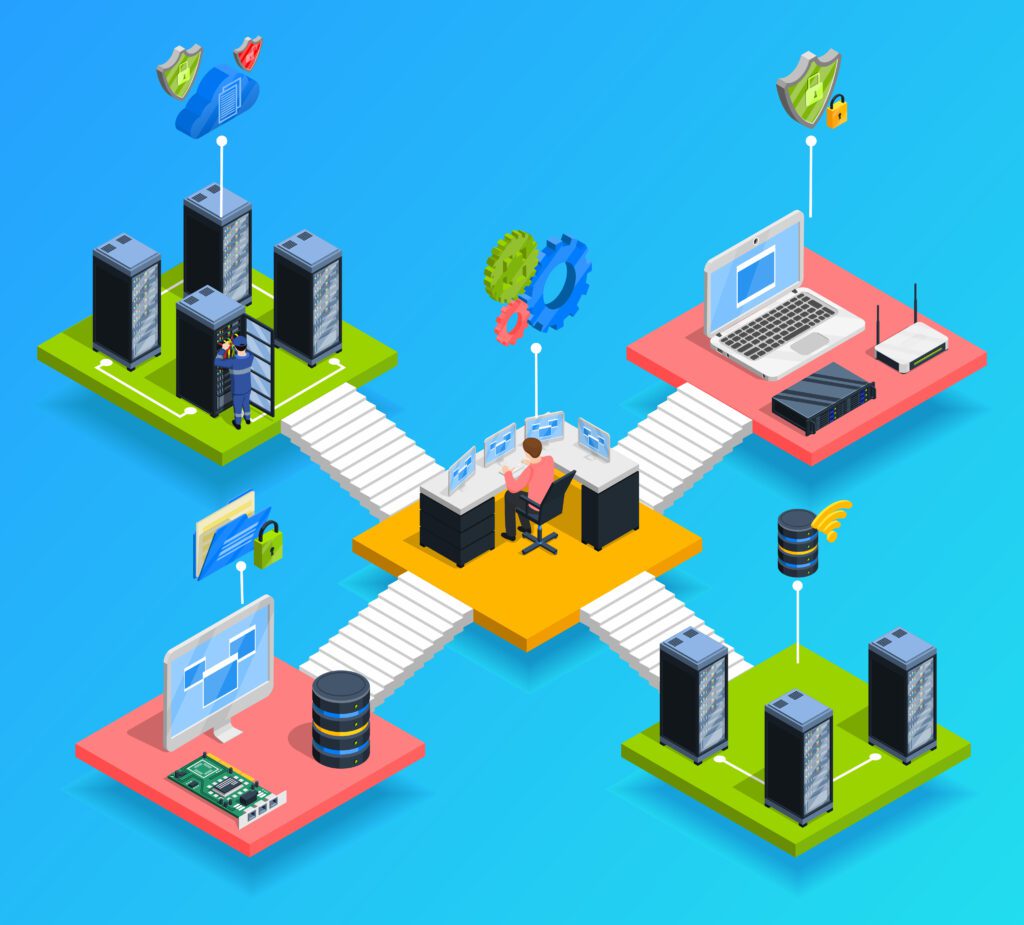
Blockchain Infrastructure:
Blockchain infrastructure comprises distributed networks of nodes that maintain and validate a decentralized ledger of transactions. It provides secure, transparent, and tamper-proof data storage and enables trust and accountability in various applications, such as cryptocurrencies and supply chain management.
Resilient Infrastructure:
Resilient infrastructure focuses on designing and implementing systems that can withstand and recover from disruptions and failures. It includes redundancy, fault tolerance, and disaster recovery strategies to ensure high availability and business continuity.
These all are the famous Auditing IT Infrastructures For Compliance 2nd edition
Frequently Asked Question’s (FAQ’s)
Q1: What is infrastructure technology?
A1: Infrastructure technology refers to the use of advanced tools, systems, and technologies to enhance the efficiency, reliability, and effectiveness of infrastructure systems. It involves the application of digital solutions and innovations to various aspects of infrastructure, such as transportation, energy, communication, and utilities.
Q2: What are the benefits of infrastructure technology?
A2: Infrastructure technology offers several benefits, including improved operational efficiency, reduced maintenance costs, enhanced safety and security, increased reliability and resilience, better resource management, and improved user experience. It enables the integration of digital systems and data-driven decision-making, leading to smarter and more sustainable infrastructure.
Q3: What are some examples of infrastructure technology?
A3: Examples of infrastructure technology include smart grids for electricity distribution, intelligent transportation systems (ITS) for traffic management, automated water management systems, digital communication networks, cloud computing for infrastructure data storage and analysis, Internet of Things (IoT) devices for infrastructure monitoring, and advanced analytics for predictive maintenance.
Q4: How does infrastructure technology contribute to sustainability?
A4: Infrastructure technology plays a vital role in achieving sustainability goals. Optimizing resource utilization, improving energy efficiency, reducing emissions, and enabling effective monitoring and management of infrastructure systems, help minimize the environmental impact of infrastructure operations and support the transition to renewable energy sources.
Q5: What are the challenges associated with infrastructure technology implementation?
A5: Some challenges include the high upfront costs of implementing new technologies, the need for skilled professionals to manage and maintain complex systems, interoperability issues between different infrastructure systems, cybersecurity risks, and the necessity for upgrading or retrofitting existing infrastructure to incorporate new technologies.
Q6: How does infrastructure technology impact everyday life?
A6: Infrastructure technology has a significant impact on everyday life. It enables efficient transportation systems, reliable energy supply, seamless communication networks, clean water and sanitation services, and effective waste management. It also facilitates the development of smart cities and improves the overall quality of life for individuals and communities.
Q7: What is the future of infrastructure technology?
A7: The future of infrastructure technology is characterized by continued advancements in areas such as artificial intelligence, big data analytics, the Internet of Things (IoT), automation, and renewable energy integration. This will lead to more connected, intelligent, and sustainable infrastructure systems, enabling better resource management and improved resilience in the face of evolving challenges.

